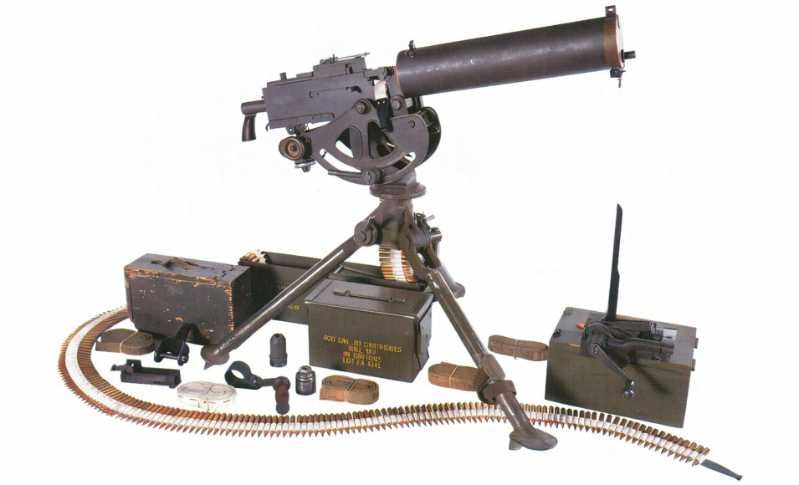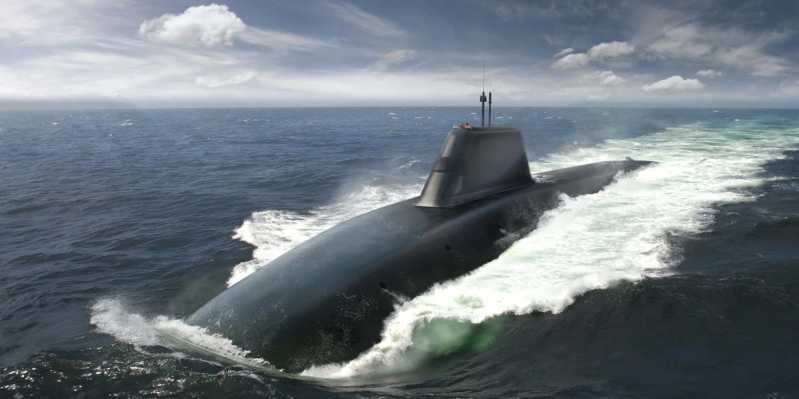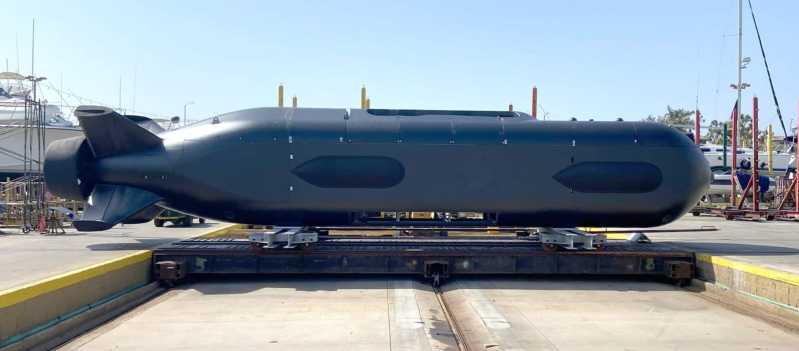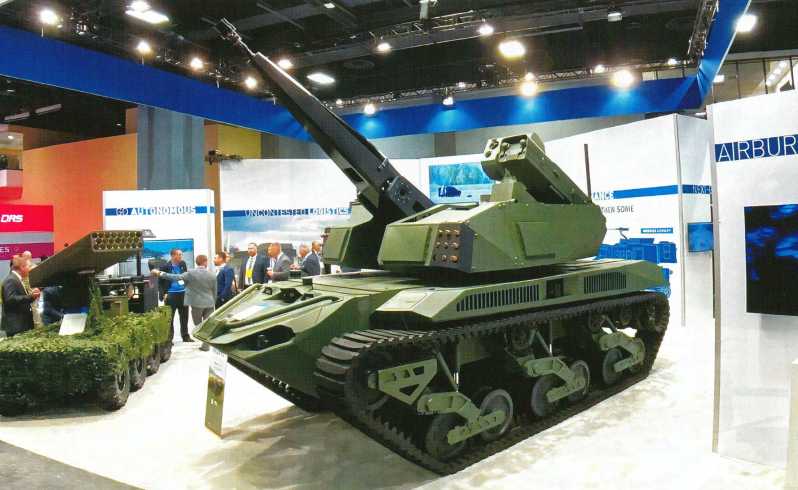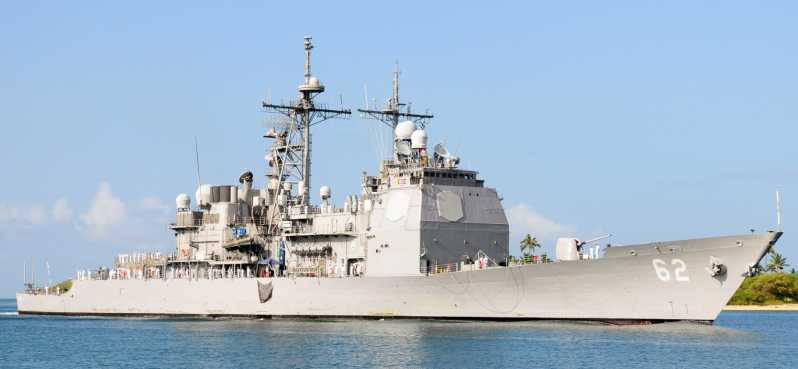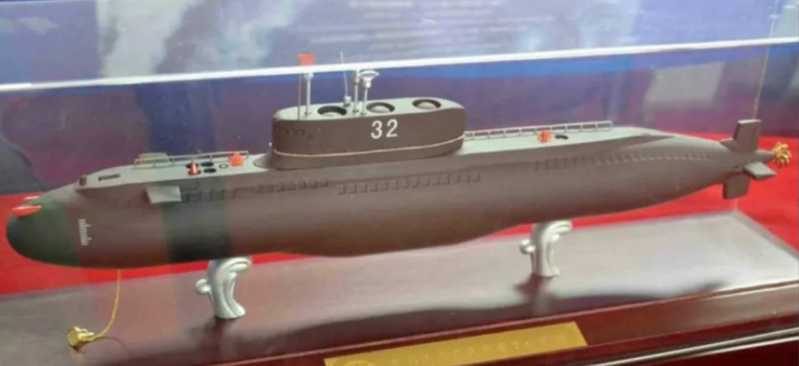At the 2024 Singapore Air Show, the U.S. military displayed the active equipment of two F-35A stealth fighters in the outdoor static display area, which was a feast for the eyes of the audience. And there was only a simple fence around it, without any obstruction, so it was very convenient to watch.
More importantly, the tail nozzle of the engine was not blocked, so you can watch and take pictures at will. The editor-in-chief of this magazine looked at the two F-35As on the spot and turned around several times. It seemed like I was back to the Zhuhai Air Show in 2014, when Russia’s Su-35 performed ground displays and flight performances, and the editor-in-chief of this magazine also circled around the Su-35. The special correspondent of this magazine was also not idle, and took some detailed pictures of the aircraft.
Two F-35As on display at the same stage
Before going to the Singapore Air Show, I heard that the F-35B was coming. After all, Singapore had previously ordered 12 F-35B fighters. In this case, aircraft manufacturers usually send aircraft to perform on site, allowing the people of the purchasing country to show the various capabilities of the purchased aircraft, suggesting that their money was not wasted. But when we arrived at the scene, we found that the classic F-35B hovering performance over the sea was gone. The F-35B did not come at all. There was only a Lockheed Martin F-35B poster on the scene.
Fortunately, the US Air Force gave face and sent two F-35A fighters for a static ground display. After I came back, I realized that the US Air Force had a reason for doing this, because the Singapore Ministry of Defense announced on February 28 that in addition to the 12 F-35B vertical/short take-off and landing fighters originally ordered, it will purchase 8 more traditional land-based F-35A fighters, becoming one of the few countries in the world that has two F-35 fighters at the same time. In fact, at the 2022 Singapore Air Show, two F-35As were also displayed on the same stage. However, the last two F-35As were numbered 5450 and 5457, and they were from the 355th Fighter Squadron of the US Air Force. The 355th Fighter Squadron is stationed at Eielson Air Force Base in Alaska, but last year the squadron’s F-35A fighters were deployed to Kadena Air Base in Japan to ensure the continued stability of the region’s fighter capabilities during the phased withdrawal of the F-15C/D fighter fleet at Kadena Air Base in Japan to the United States. This is also the squadron’s first overseas deployment since it reached full combat capability in February 2023.

Then the question is, at this Singapore Air Show, which wing of the US military did these two F-35As come from?
I carefully looked at the numbers of the two F-35As on the spot. One is 5694 and the other is 5625. Looking at the tail code, it is HL. Based on this, it can be found that this is an F-35A fighter from the 421st Squadron of the 388th Wing of the US Army, stationed at Hill Air Force Base in Utah. It was deployed at Anderson Air Force Base in Guam in 2022 and is currently deployed at Kadena Air Base in Okinawa.
Speaking of the 388th Wing, everyone should have an impression of what happened in 2022. At the end of August of that year, 113 F-35 fighters of the US Air Force were grounded due to defects in the explosive cartridges of the ejection seats. What was even more tragic was that just after resuming flight in October of that year, an F-35A fighter of the 388th Wing crashed at Hill Air Force Base in Utah.
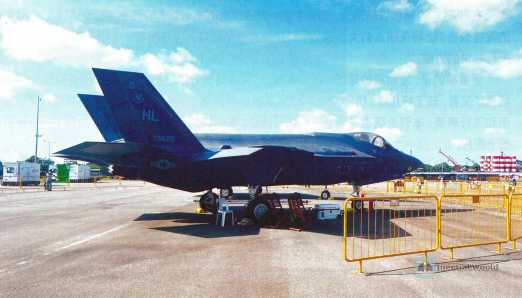
Fuselage details
The nose of the F-35A fighter adopts a ridge design, and the cross-section is approximately diamond-shaped, which can not only reduce the frontal projection area, but also the "ridge"-shaped edge strips formed at the junction of the upper and lower curved surfaces of the nose are conducive to the formation of a strong detached vortex during high angle of attack maneuvers, generating additional lift. At the same time, the lower plane of the diamond-shaped nose can also pre-compress the airflow, improve the supersonic characteristics of the air inlet, and the diamond-shaped nose is convenient for the placement of the cockpit, so that the cockpit is high on the nose, ensuring that the pilot has a good field of vision.
The AN/APG-81 active phased array radar is installed inside the nose radome of the F-35A. This radar is tailor-made by Grumman for the F-35. It not only has strong detection capability, long detection distance, and multiple functional modes, but also has the ability to simultaneously conduct synthetic aperture radar mapping and ground moving target indication. It can also be interconnected with the integrated electronic warfare system of the carrier aircraft to carry out electromagnetic interference and electronic attacks on enemy radio frequency signal sources.
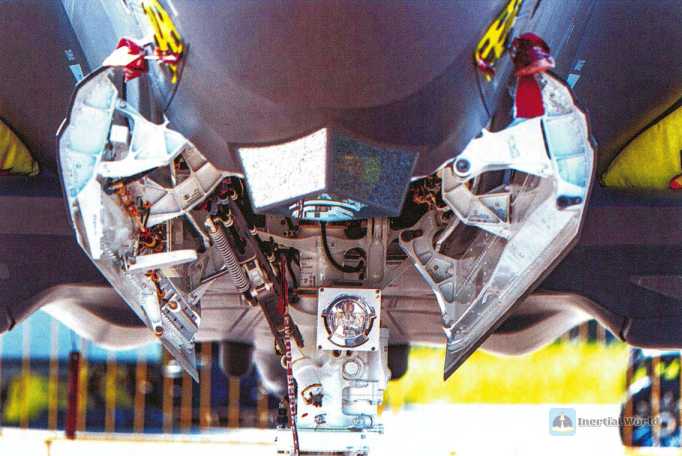
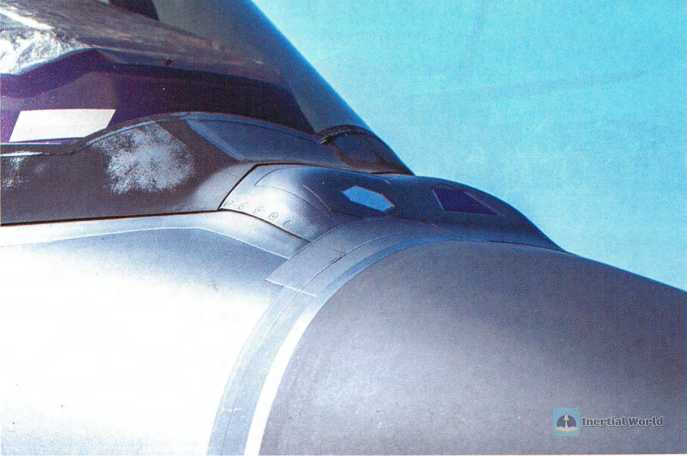
In air surveillance mode, the AN/APG-81 active phased array radar can detect air targets with a radar cross-section area (RCS) of 1 square meter within a range of 150 kilometers, can track 23 targets within 9 seconds, and engage a total of 19 targets within 2.4 seconds, giving the F-35A excellent detection performance and multi-task and multi-target combat capabilities.
The F-35A fighter adopts air intake on both sides of the nose, and the air inlet adopts the boundary layer-free inlet (DSI) technology. The interior of the air inlet is an S-shaped structure, which can completely shield the engine fan blades from the front and form multiple reflections and refractions of radar waves, ensuring that the aircraft has a good low reflection signal for the frontal radar waves. The sharp folded edges on the edge of the air inlet can act as a side strip.
The electro-optical targeting system (EOTS) installed in the lower jaw of the nose is an important passive infrared detection means of the F-35A. Its technology is derived from the "Sniper" targeting pod, with high-resolution imaging, automatic tracking, infrared search and tracking, laser indication/ranging and laser point tracking functions, which is equivalent to integrating the functions of the electro-optical radar, low-altitude navigation pod, forward-looking infrared imaging and target indication and targeting pod on the fourth-generation fighter.
EOTS has the characteristics of light weight, small size and strong functions. The automatic collimation sensor of the whole system is set in a window composed of 7 pieces of sapphire glass with surface coating. The detection range covers a 270° field of view in front of the nose, which can provide pilots with high-resolution electro-optical infrared images.
As the first sensor that combines forward-looking infrared and infrared search and tracking functions, EOTS enhances the F-35’s situational awareness and allows crew members to identify sensitive areas, perform reconnaissance and accurately launch laser and GPS-guided weapons.
In addition to EOTS, the F-35A is also equipped with the AN/AAQ-37 distributed aperture system, which consists of 6 infrared sensors embedded in various parts of the fuselage, responsible for monitoring the left side, right side, front of the back, back of the back, front of the belly and back of the belly of the aircraft. The images are fused together to form a seamless picture, providing pilots with 360-degree omnidirectional airspace information.
In addition to warning pilots of upcoming enemy aircraft and missile threats, the AN/AAQ-37 distributed aperture system can also provide day and night vision, fire control capabilities and precise tracking of wingman/friendly aircraft for tactical maneuvers. In addition, the AN/AAQ-37 distributed aperture system can also cooperate with the AN/APG-81 fire control radar to enable the F-35A fighter to have ballistic missile detection, tracking and targeting capabilities.

F-35A’s twin vertical tail shape does not use the large root-to-tip ratio trapezoidal heavy tail used on the F-22, but uses a 25-degree outward-inclined swept twin vertical tail and a conventional horizontal tail to form a tail control wing system. The outward-inclined double tail can optimize stability under high angle of attack conditions, and the size of the horizontal tail tail edge extending backward greatly improves the control efficiency by using the engine ejection effect. Compared with the trapezoidal vertical tail with a large root-to-tip ratio, it not only reduces the structural weight and design difficulty, but also shortens the fuselage length.
F-35A fighter is equipped with a Pratt & Whitney F135-PW-100 turbofan engine. The biggest feature of this type of engine is its extremely high thrust-to-weight ratio. The net weight is only 1.7 tons, but the maximum thrust can reach 19 tons. The bypass ratio is also very high, reaching 0.57, almost twice that of the F119-PW-100 engine (the engine used by the F-22A stealth fighter has a bypass ratio of 0.3). The combustion efficiency is higher, and the fuel consumption and emission standards are also better.
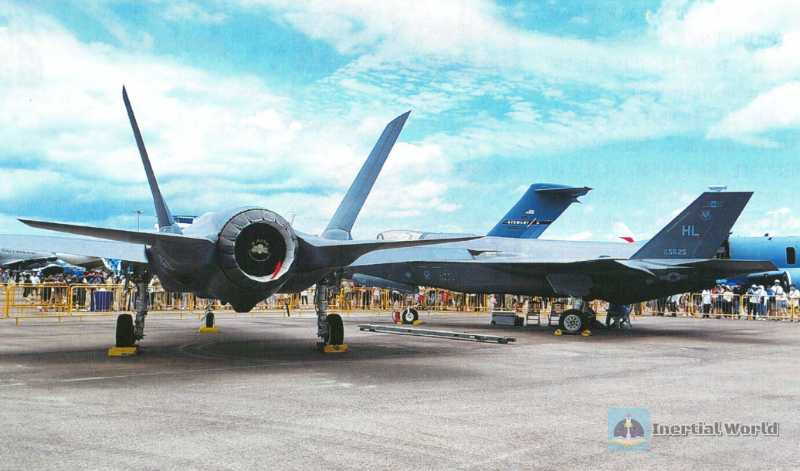
In addition to its powerful performance, the F135-PW-100 also has a complete state monitoring and fault diagnosis capability. The FADEC of the engine contains an engine health prediction and management system, which integrates functions such as inhaled debris monitoring, engine particle monitoring, vortex blade monitoring, and lubricating oil particle monitoring. It can automatically detect engine faults during flight, automatically adjust the engine working status and notify the pilot, and can also transmit data to the base in real time through the onboard multi-function data link, so that the base can prepare the parts that need to be replaced before the aircraft lands.
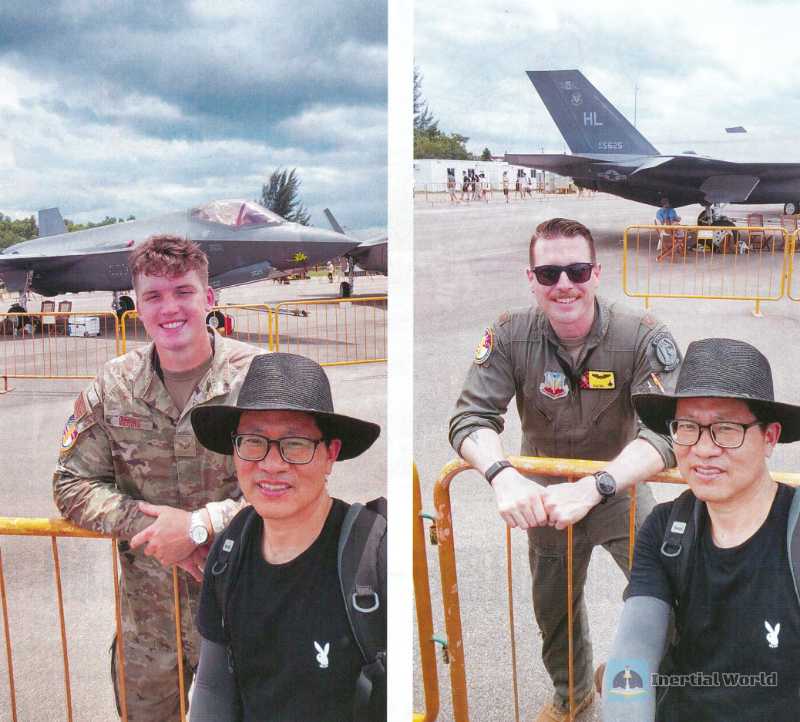
The author took a photo with the F-35A ground crew and pilots
F-35A has a direct relationship with China. On the one hand, a large number of F-35A have begun to be deployed at China’s doorstep. In addition to the US military’s own, Japan and South Korea have also purchased a large number of F-35A. So many stealth fighters gathered at China’s doorstep, which will naturally put a certain amount of air pressure on China. This is also a major reason why the Chinese Air Force has equipped a large number of J-20s in recent years. To fight against the F-35A, it must be a stealth aircraft against a stealth aircraft. For the J-10C and J-16, after all, there is a generation gap with the F-35A. Only by equipping a large number of J-20s can we relieve our air pressure.
According to senior US military generals, the US military’s F-35A has encountered the Chinese Air Force’s J-20 over the East China Sea. Moreover, the F-35 is a series. In addition to the F-35A, there are also the F-35B and F-35C. These two aircraft also pose a threat to China.
The helicopter carrier that Japan is modifying will be equipped with the F-35B short take-off and vertical landing fighter, turning it into a real aircraft carrier, and it will be equipped with the F-35B stealth carrier-based aircraft, which directly constitutes a generation gap with China’s J-15 carrier-based aircraft. Therefore, China’s J-35 stealth carrier-based aircraft also needs to refuel. As for the F-35C, the US military has also begun to carry it on many aircraft carriers. A few years ago, when the US aircraft carrier ran to the South China Sea, an F-35C fell into the sea.
Many military fans look down on the F-35, but you have to admit that the F-35 is currently the most successful stealth fighter. The production has exceeded the 1,000 mark, and the orders are scheduled for ten years later. It is so popular, do you say it is not successful? Moreover, a large number of F-35s deployed at the doorstep of China are also a substantial threat to China.
Related reading
- 国产大飞机海外首秀:中国商飞C919和ARJ21飞行展示
- Domestic large aircraft overseas debut: COMAC C919 and ARJ21 flight demonstration
- 从美军B-52H战略轰炸机双机通场新加坡航展说起
- 近观新加坡F-15SG战斗机
- 我进入了F-16D的座舱
- 新加坡航展上的萨博“鹰狮”JAS-39战斗机
- 我当上了苏-30的飞行员--苏-30MKM战机前的超强体验
- 中国的“老朋友”--来自冲绳的P-8A反潜巡逻机
- 又见C-17运输机
- 首次亮相新加坡航展的直-10ME
- 公开展示的“阿帕奇”武装直升机
- 静态展示的CH-47F“支努干”重型运输直升机
- KC-135下的漫步,不得不说的硬管加油装置
- 细看新加坡“紫菀”-30防空导弹
- 先进机型齐亮相---新加坡航展上的中航展台
- 混动装甲战车--新加坡“特雷克斯s5”轮式装甲车管窥
- 2024年新加坡航空展室内展台参观记




